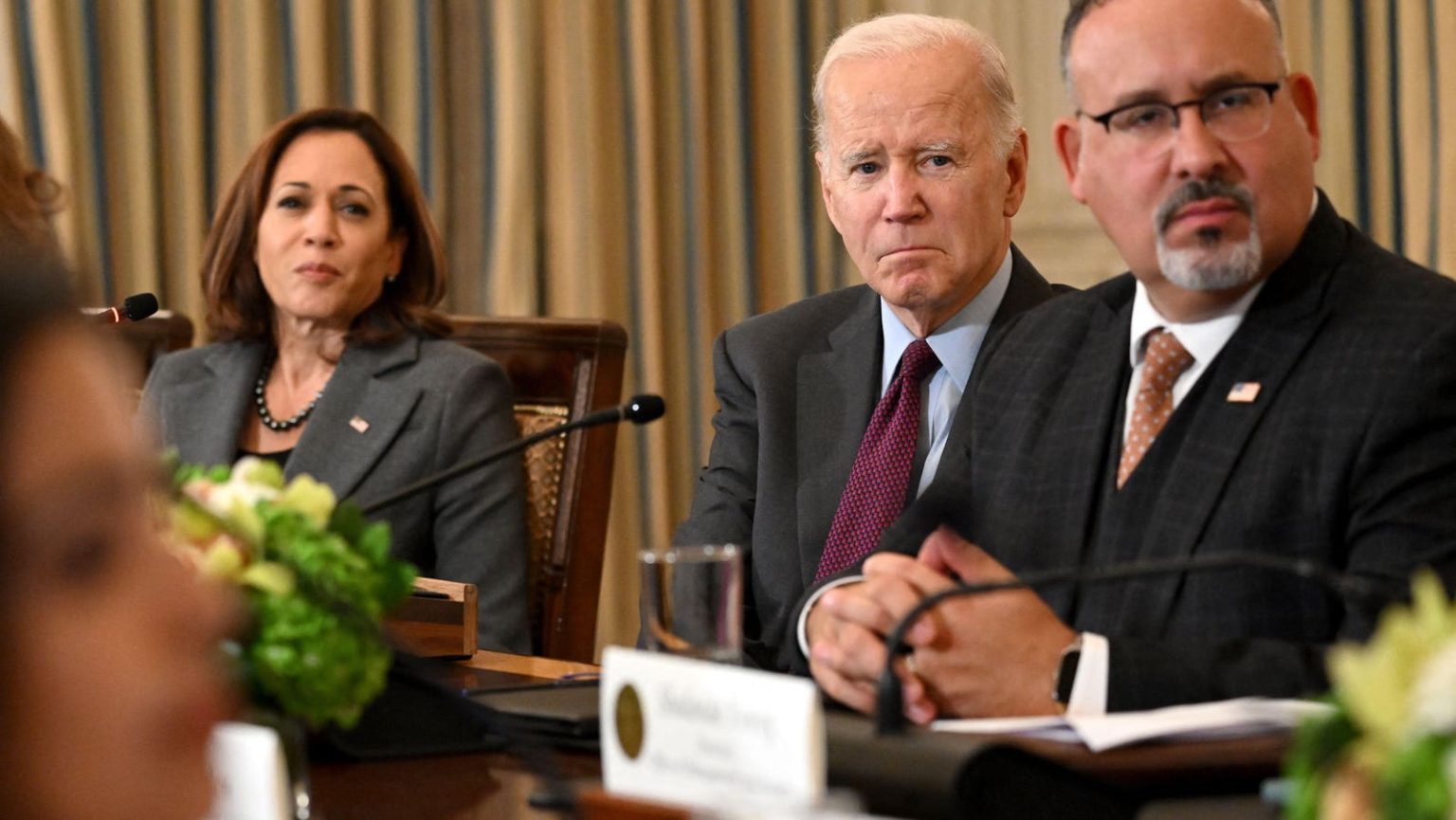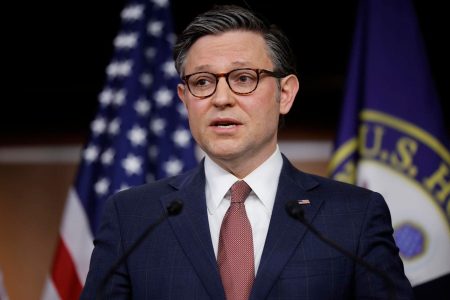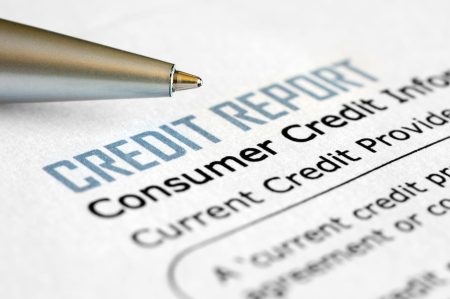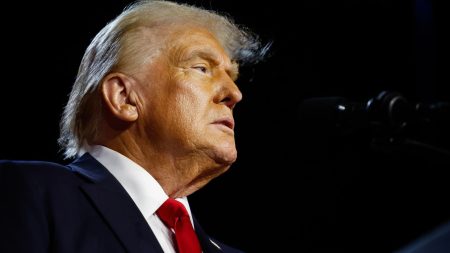The Education Department has released significant new details on how a massive new payment pause will impact student loan forgiveness and repayment plan programs.
At least eight million borrowers enrolled in the SAVE program will be placed into an interest-free forbearance in the wake of a court order earlier this month that blocked the SAVE plan. SAVE is a new income-driven repayment, or IDR, plan enacted by the Biden administration to reduce monthly payments and accelerate student loan forgiveness for certain borrowers. But the plan is facing multiple legal challenges from Republican-led states, and a federal appeals court has temporarily halted the program as litigation continues.
In response to the court order, the Education Department has suspended payments and interest for impacted borrowers. On Friday, the department updated its guidance on how the SAVE plan forbearance will impact borrowers on track for Public Service Loan Forgiveness, as well as IDR loan forgiveness more generally. Here’s a breakdown.
SAVE Plan Forbearance Will Still Not Count Toward Student Loan Forgiveness
After several days of confusion, the Education Department has reaffirmed that the SAVE plan forbearance will suspend payments and freeze interest, but will not count toward student loan forgiveness through PSLF or IDR. Because the SAVE plan forbearance has overlapped with other processing-related forbearances that millions of borrowers were placed in during July — several of which do count toward loan forgiveness under PSLF and IDR — many borrowers have been unsure what to believe.
But the department indicated in no uncertain terms that the SAVE plan payment pause won’t count. “The time in forbearance will not count toward Public Service Loan Forgiveness or Income-Driven Repayment (IDR) loan forgiveness,” said the department.
While many borrowers enrolled in SAVE have already received billing statements for the month of August, the department expects the forbearance to go into effect by then. “Borrowers enrolled in the SAVE Plan who have received a bill for August are being put in an interest-free forbearance – payments are not required during forbearance,” says the guidance.
Borrowers Can Qualify For Student Loan Forgiveness By Switching To A Different IDR Plan
While borrowers cannot make progress toward student loan forgiveness under PSLF or IDR while in the SAVE plan forbearance, the Education Department clarified on Friday that borrowers can switch to a different IDR plan as a workaround.
“Borrowers can apply to enroll in a different IDR plan,” says the department. This includes the Pay As You Earn and Income-Contingent Repayment plans, both of which were supposed to have been phased out on July 1 under the SAVE plan regulations. But those regulations are now blocked due to the court order. Borrowers can also switch to Income-Based Repayment, an older IDR plan that is separately authorized by statute and wasn’t getting phased out this month.
However, switching plans may not necessarily be easy or prudent for some borrowers. The department has taken down the online IDR application for at least the next several weeks as it updates its internal systems to comply with the court order. The department clarified in its new guidance that borrowers can apply to change IDR plans using a paper application, but warned that borrowers could experience very long processing delays. And borrowers will be placed in a forbearance, anyway, during that extended processing time.
“Borrowers should note that, as result of the administrative stay, servicers have temporarily paused processing of IDR applications until we can ensure applications are processed correctly,” warned the department. “Borrowers should expect a lengthy delay in processing of applications.”
The department said it had no current estimate for how long the process will take. “There will still be forbearance associated with changing to certain repayment plans,” said the department.
In addition, borrowers looking to switch out of the SAVE plan may end up with much higher payments under a different IDR option. That’s because SAVE uses a more affordable repayment formula than PAYE, ICR, or IBR.
“We encourage borrowers to look at the specific terms of each IDR Plan to make the best choice for their individual situation,” advises the department. “Different IDR plans may require higher monthly payments than the SAVE/REPAYE Plan does, and – in the case of some IDR plans – borrowers who later leave them may face interest capitalization.”
Workarounds For Borrowers Pursuing Student Loan Forgiveness Through PSLF
Borrowers enrolled in SAVE who had been on track for student loan forgiveness through the PSLF program can also switch to a a different IDR plan as a workaround to the SAVE plan forbearance. But all the caveats outlined above apply, including long processing times and potentially much higher payments.
Borrowers who qualify for the 10-year Standard repayment plan can also consider switching to that plan for PSLF, rather than IDR. Unlike for IDR loan forgiveness, payments made under the 10-year Standard repayment plan can count toward loan forgiveness for PSLF. And switching to this plan may avoid the long processing times associated with IDR applications. However, the 10-year Standard plan may be prohibitively expensive for many borrowers, since payments are not based on income.
The department indicated there could be another workaround to receiving student loan forgiveness credit for PSLF during the SAVE plan forbearance. PSLF borrowers can choose to remain in the SAVE plan forbearance, and then later utilize a new safe-harbor feature that allows borrowers to “buy back” an earlier time period that didn’t count toward loan forgiveness.
“Some borrowers may be eligible to ‘buy back’ months of PSLF credit for time spent in forbearance as a result of the court’s administrative stay,” says the updated Education Department guidance. “Currently, borrowers with 120 months of eligible employment can make payments to cover past months that were not counted as qualifying payments because the borrower was in an ineligible deferment or forbearance status. Borrowers must submit a buyback request and make an extra payment of at least as much as what they would have owed under an income-driven repayment (IDR) plan during the months they are trying to buy back.”
The PSLF buyback program has several strict eligibility rules. Borrowers can buy back these months only if they still have an outstanding balance on their loans, they already have approved qualifying employment for the same time period, and buying back the uncounted or non-qualifying months will complete their total of 120 qualifying PSLF payments. Borrowers cannot preemptively buy back months for PSLF in advance or in real time by making voluntary payments when none are required.
Borrowers Can Apply For SAVE Plan But Will Just Be Put In Forbearance
The Education Department also clarified that borrowers can in fact apply to the SAVE plan even while the program remains blocked. However, it will take quite awhile for the SAVE application to get processed, during which the borrower would be placed into a forbearance. And once it has been processed, if the court-ordered stay is still in effect at that time, the borrower will simply be placed into the SAVE-related administrative forbearance.
“Borrowers are still permitted to apply for SAVE/REPAYE even though some of its provisions have been stayed,” says the guidance. “The terms of the SAVE/REPAYE Plan are subject to the outcome of ongoing litigation.” There will be significant processing delays, warns the department, “especially for borrowers applying for SAVE/REPAYE.”
Further Student Loan Forgiveness And Repayment Developments Likely
The overall situation involving PSLF, IDR, and the SAVE plan remains very fluid. The court-ordered stay is technically temporary, and will be revisited in the coming weeks as the 8th Circuit Court of Appeals — which issued the order — considers a preliminary injunction. Meanwhile, a separate legal challenge is playing out at the 10th Circuit Court of Appeals and the U.S. Supreme Court.
“The stay is a temporary order to give the court time to consider the issue, and further developments are possible while the SAVE Plan remains under litigation,” explains the Education Department guidance. “The Biden-Harris Administration will continue to aggressively defend the SAVE Plan in court.”
“It’s shameful that politically motivated lawsuits waged by Republican elected officials are once again standing in the way of lower payments for millions of borrowers,” said U.S. Secretary of Education Miguel Cardona in a statement earlier this month in the wake of the 8th Circuit’s order. “The Department will be providing regular updates to borrowers affected by these rulings.”
Read the full article here










